Nội Dung Chính
(Page 145)
APPENDIX 2:
EXAM STRATEGIES
| Task type | Strategies |
| Pronunciation (MCQs): Identifying the word whose underlined part differs from the other three in pronunciation | 1. Try pronouncing all words and pay attention to the underlined sounds. 2. Pronounce words in pairs. If any two words share the same underlined sounds, neither of them can be the correct answer. If they don't, one of them is the correct answer. 3. Some letter combinations may have different pronunciation in different words so don't be misled by the spelling, e.g. heading vs. eating. 4. Pay attention to any grammatical endings such as -ed for the past tense or -s for plural nouns, which are pronounced differently depending on the last sound. |
| Pronunciation (MCQs): Identifying words whose main stress placement differs from the other three in pronunciation | 1. Try pronouncing all words and mark the stress of each word. 2. If any two words share the same stress pattern, neither of them can be the correct answer. If they don't, one of them is the correct answer. 3. Be aware that all four options have the same number of syllables and you should try to count them. |
| Vocabulary (MCQs): Identifying the word(s) CLOSEST in meaning to the underlined word(s) | 1. Read the whole sentence, focusing on the underlined word. 2. Try to work out how the underlined word is formed, i.e. if it has any suffixes or prefixes, or if it is a compound word. 3. If you don't know the underlined word, try to work out its meaning from context, i.e. the words, phrases, and sentences surrounding it. 4. Replace the underlined word with each of the answer choices. Words that change the meaning of the sentence cannot be the correct answer. |
| Vocabulary (MCQs): Identifying the word(s) OPPOSITE in meaning to the underlined word(s) | 1. Read the whole sentence, focusing on the underlined word. 2. Try to work out how the underlined word is formed, i.e. if it has any suffixes or prefixes, or if it is a compound word. 3. If you don't know the underlined word, try to work out its meaning from context, i.e. the words and phrases surrounding it. 4. Replace the underlined word with each of the answer choices. The word that makes the sentence opposite in meaning is the correct answer. |
| Grammar (MCQs): Identifying the error | 1. Read the whole sentence, focusing on the underlined words/ phrases. 2. Look at both the underlined parts and the phrases that contain these parts. 3. Identify the grammar points that are tested in the sentence. 4. If you're not sure about an answer choice, skip it and focus on the other ones to see if you can find the error or not. |
| Grammar (MCQs): Choosing the best answer to complete each sentence | 1. Read the whole sentence and the answer choices. 2. Identify the grammar points that are tested in the sentence. 3. Eliminate any choices that are grammatically incorrect. The correct answer should be grammatically correct and form a meaningful sentence. |
| Gap-fills (MCQs): Choosing the best answers to complete the text | 1. Read each sentence with the gap. Try to understand the meaning. 2. Look through the answer choices. Pay attention to the grammar of the sentence. For example, think if the gap requires a verb or noun, and in what form - plural or singular. Eliminate any grammatical incorrect choices. 3. Pay attention to the pronouns and logical connectors in the text, and choose words that maintain the right relationships. 4. Choose the answer choice that makes a meaningful sentence. |
| Reading comprehension MCQs (for main ideas) | 1. Read the answer choices. 2. Read through the whole text/section and try to get an overview of it. Pay attention to the first or the last sentence of each paragraph, which is usually the topic sentence. 3. Do not focus too much on unfamiliar words. Try to guess the meaning of these words from context. 4. The correct answer should best summarise the main ideas of the whole text/section. Watch out for distractors, especially choices that are 'irrelevant (i.e. not mentioned in the text/section), 'incorrect' (i.e. not true according to the text/section), 'too narrow' (i.e. only representing part of the text/section) or 'too general' (i.e. not specific to that section only). |
| Reading comprehension MCQs (for specific information) | 1. Read and underline the keywords in the questions and the answer choices. 2. Read the text and locate the keywords, as well as paraphrases of these keywords. 3. Select the answer choice that matches the information in the text. 4. Do not simply match words or phrases with those in the text. Sometimes incorrect choices contain the same words as the text. |
| Reading comprehension MCQs (negative facts) | 1. Read and underline the keywords in the questions and answer choices. 2. Read the text and locate the keywords, as well as paraphrases of these keywords. 3. Eliminate the answer choices containing the ideas/information mentioned in the text. The answer is the option which gives wrong/different information or information not stated in the text. |
| Reading comprehension MCQs (for inferences) | 1. Read and underline the keywords in the question and the answer choices. 2. Read the parts that contain the relevant information. Note that the keywords in the answer choices may be paraphrased in the text. 3. Check whether the information in each answer choice can be inferred from these parts, i.e. it is not stated directly in the text, but is true based on the information given. Eliminate the answer choices that contain irrelevant information. |
| Reading comprehension MCQs (for referents) | 1. Read the question and locate the part that contains the referent, e.g. it, they, him. 2. Try to work out the meaning of the whole sentence and look for any contextual clues around the referent. 3. Try to identify the correct answer by replacing the referent with each of the answer choices. Pay attention to the nouns in the sentence and check whether they are singular/plural. |
| Reading comprehension MCQs (for vocabulary) | 1. Locate the word or phrase in the text. 2. Carefully study the context (i.e. the words/phrases as well as neighbouring sentences). 3. Try to replace the word/phrase with each choice to see which one fits the sentence without changing its meaning. |
| Sentence transformation: Identifying the sentence that is closest in meaning to a given sentence | 1. Read the original sentence and try to understand its meaning. 2. Read the answer choices and try to work out what grammar point it could be testing, e.g. conditionals, cause-effect, the passive, indirect speech. 3. Eliminate the grammatically incorrect answer options. 4. Choose the sentence that doesn't change the meaning of the original sentence. |
| Sentence combination: Identifying the sentence that best combines a pair of given sentences | 1. Read the two sentences and study the relationship between these sentences, e.g. addition, contrast, subordination. 2. Read the answer choices and eliminate the grammatically incorrect ones. 3. Choose the sentence that best represents the relationship between two sentences and does not change the meaning of the original sentences. |
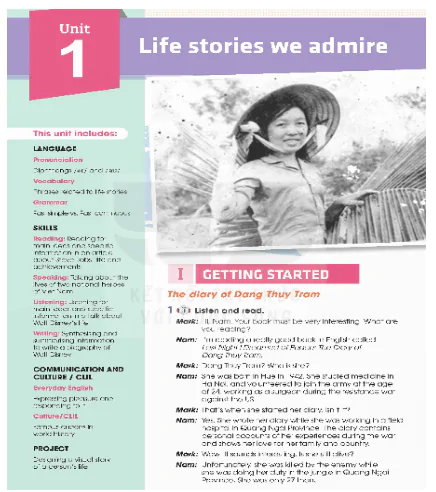
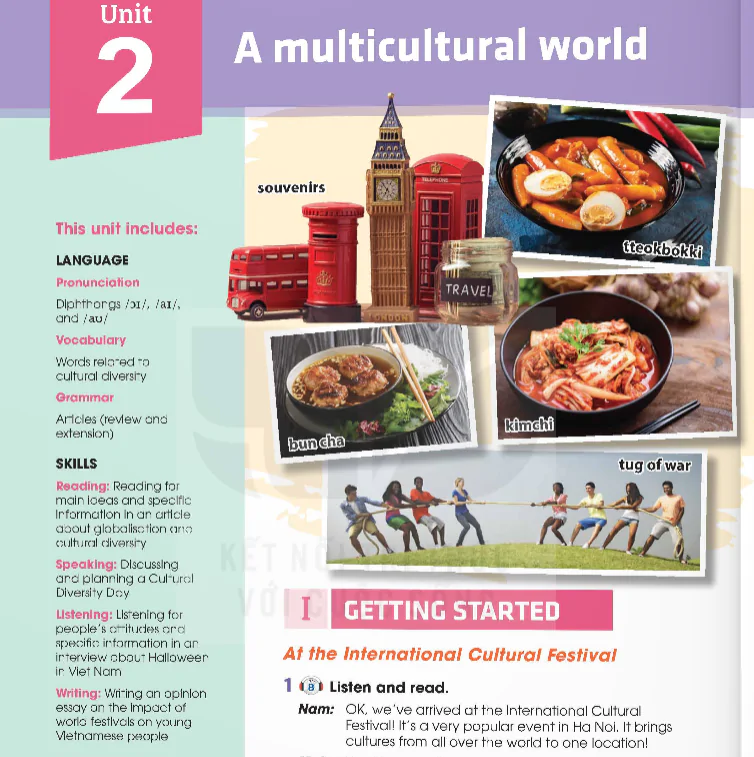
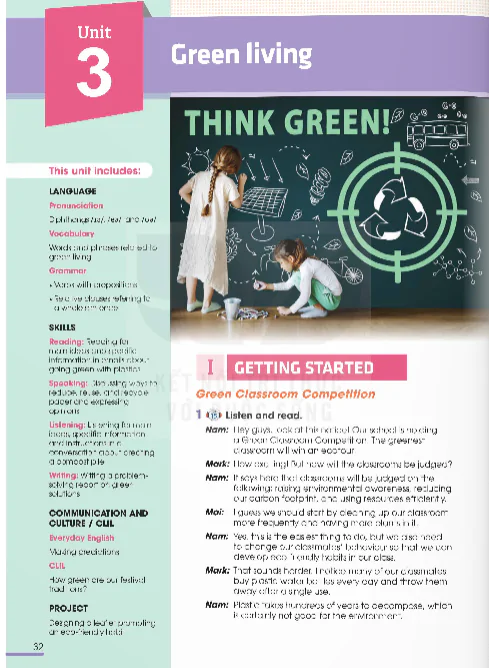
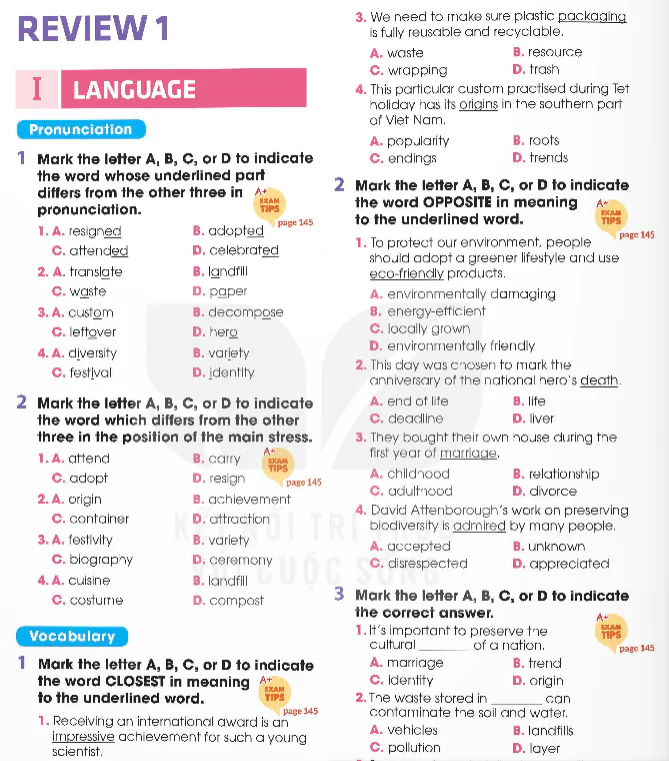
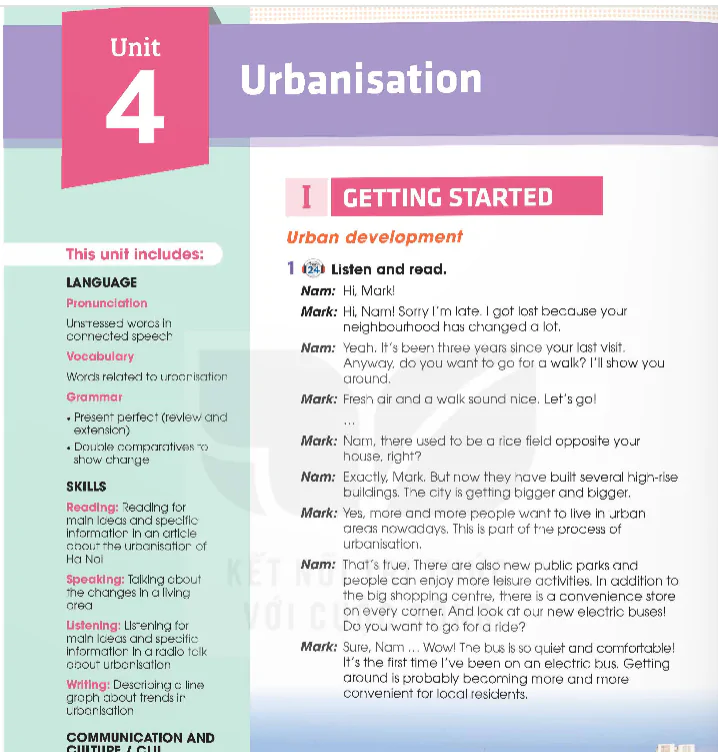
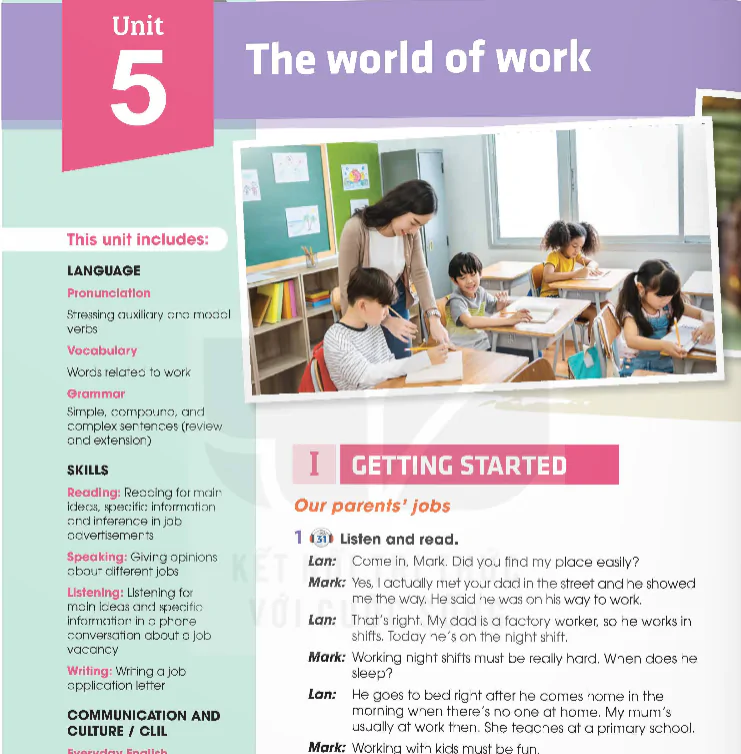
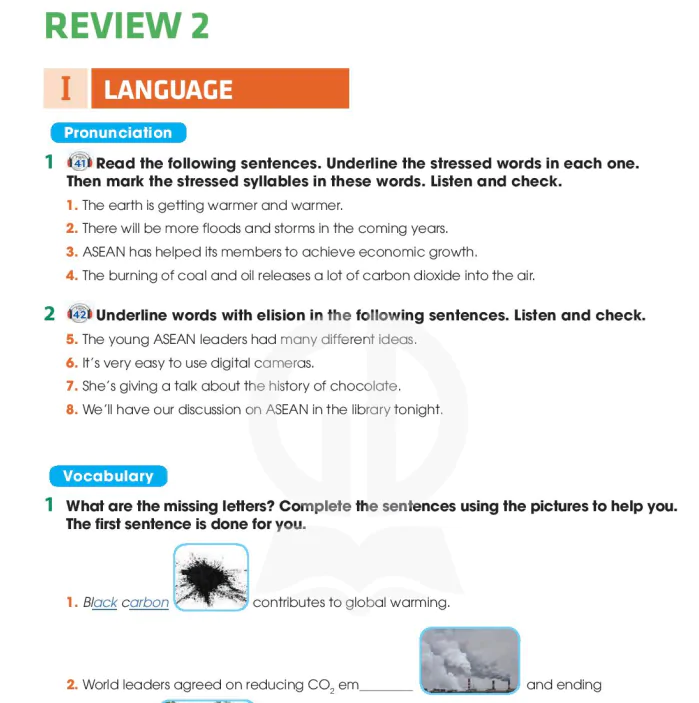

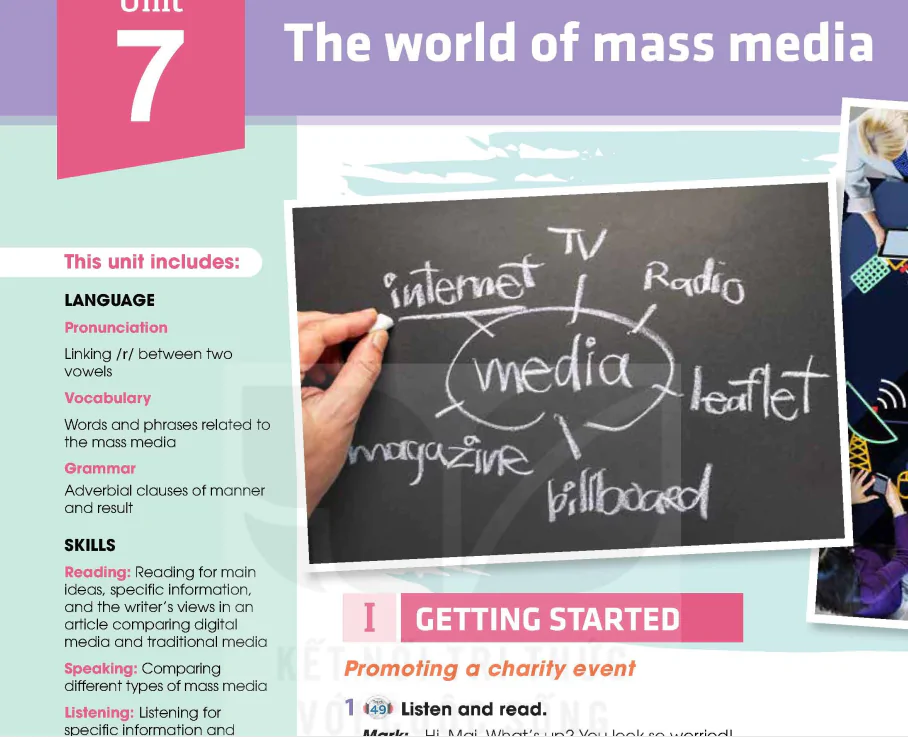

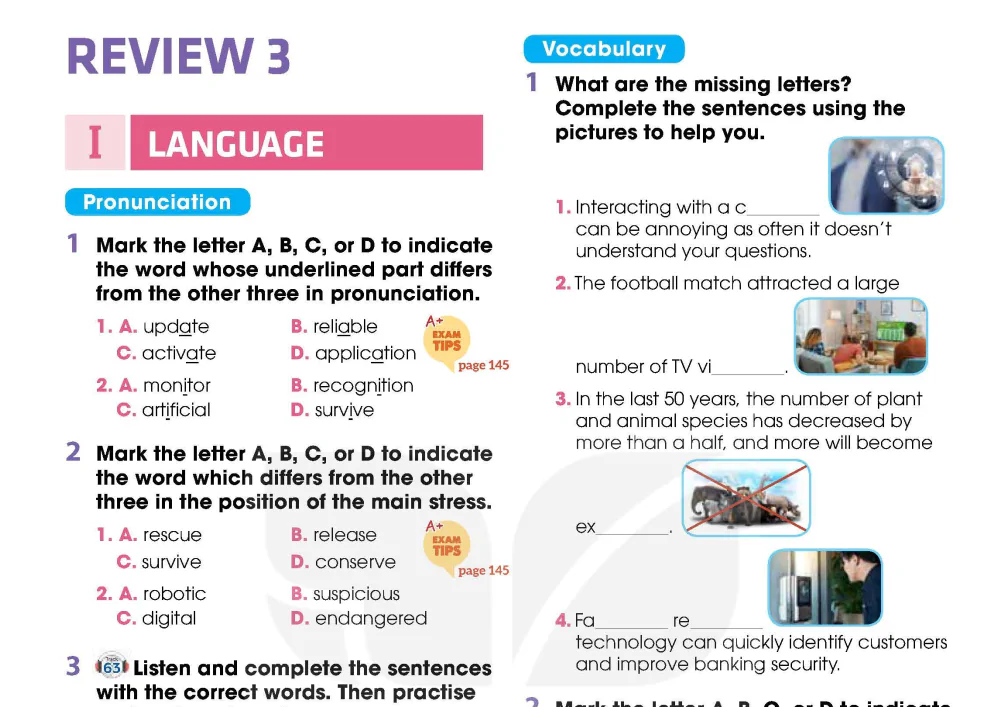
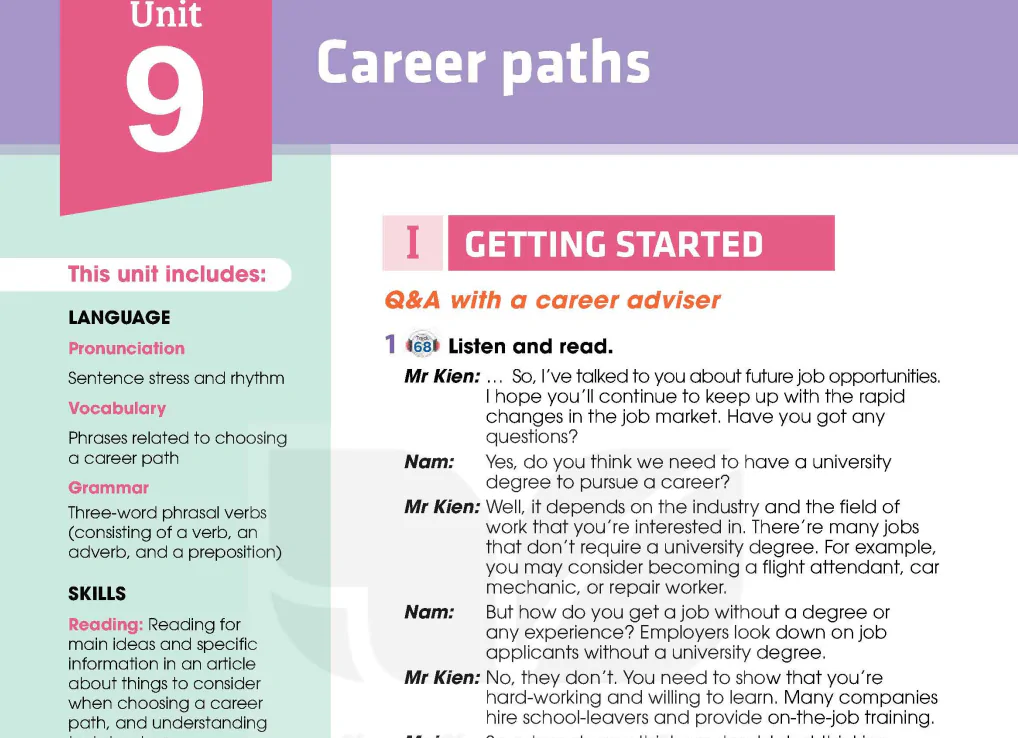
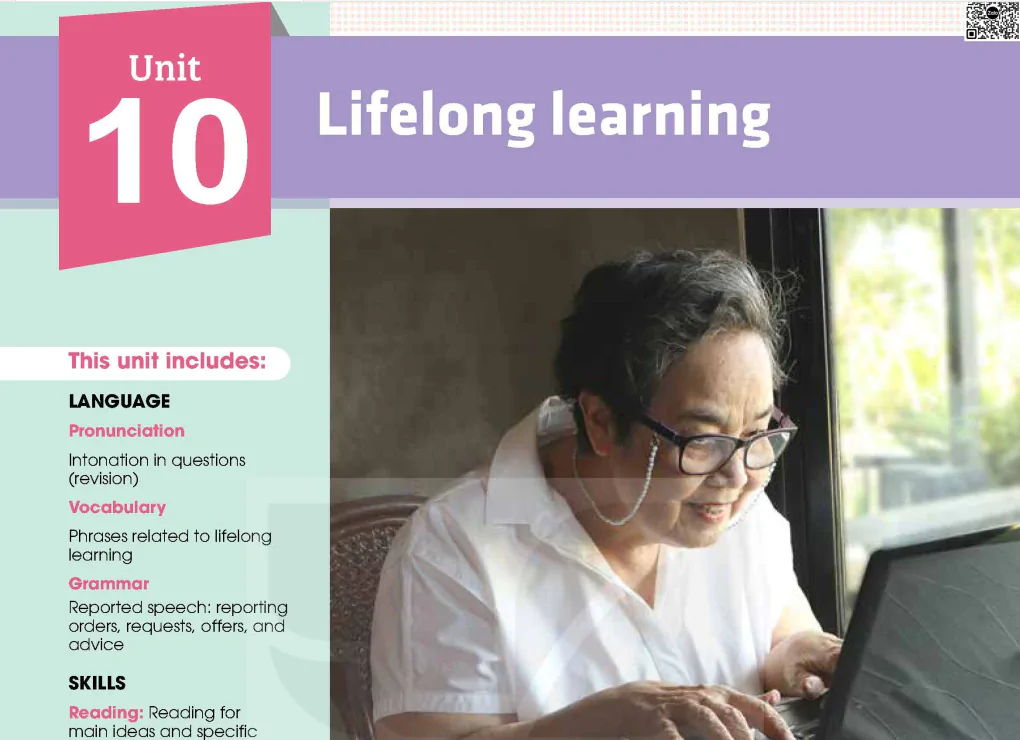
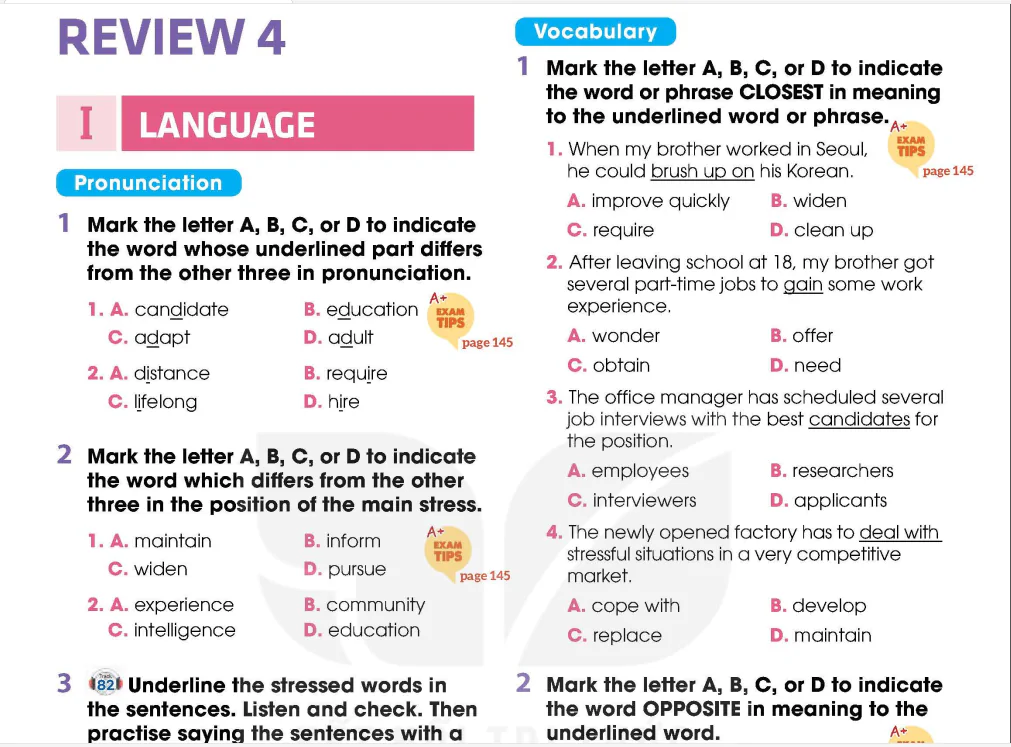
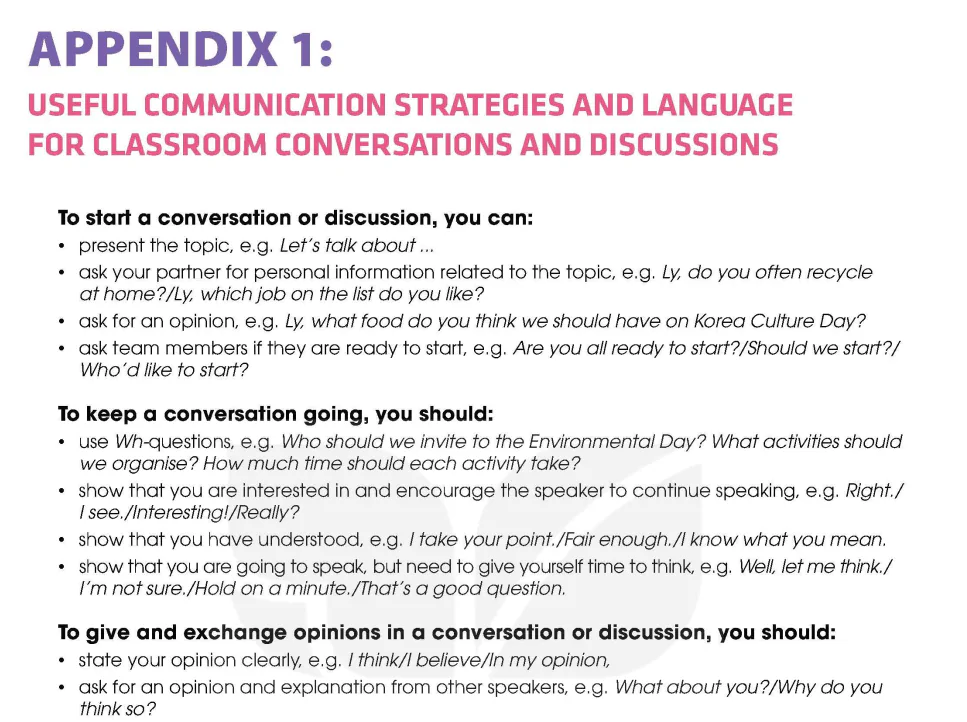
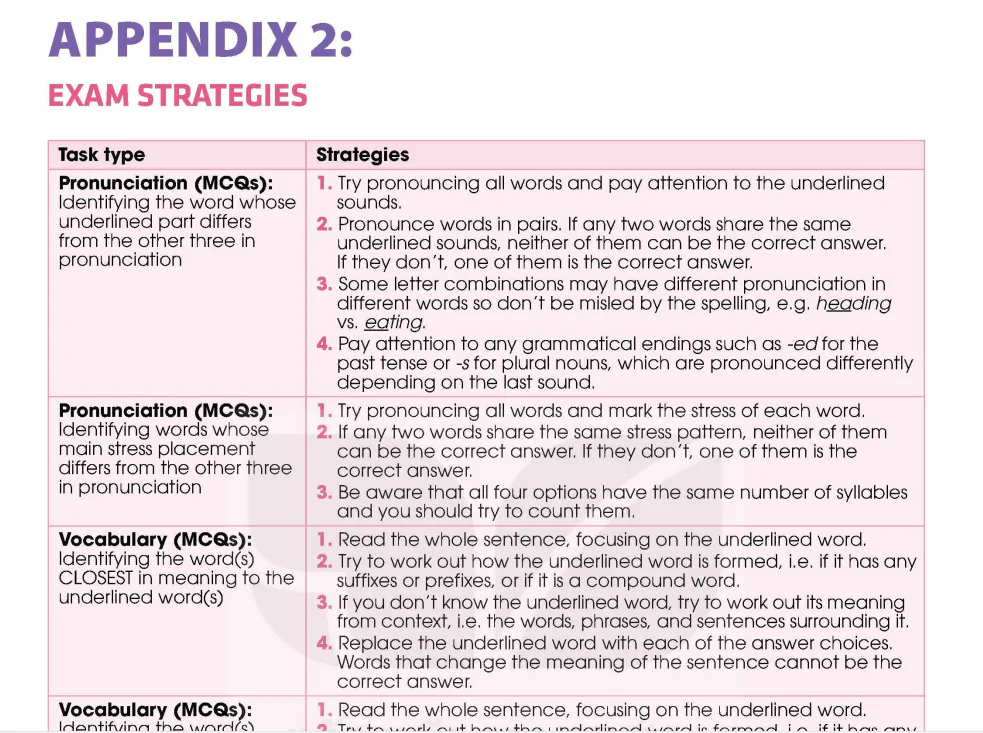
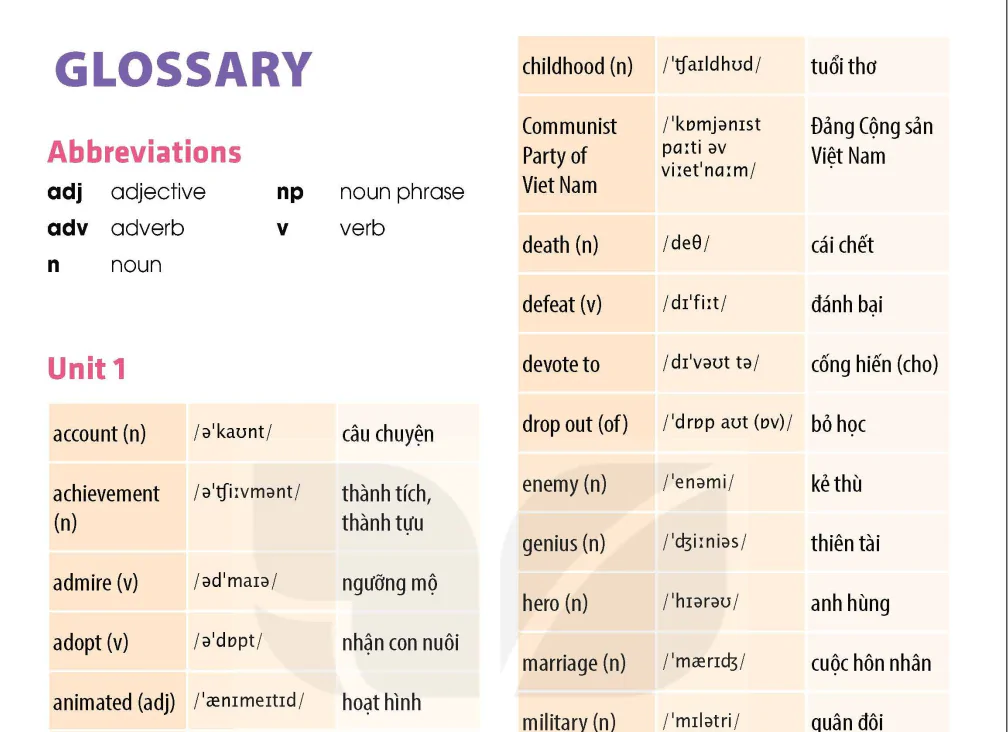


















Bình Luận
Để Lại Bình Luận Của Bạn